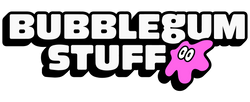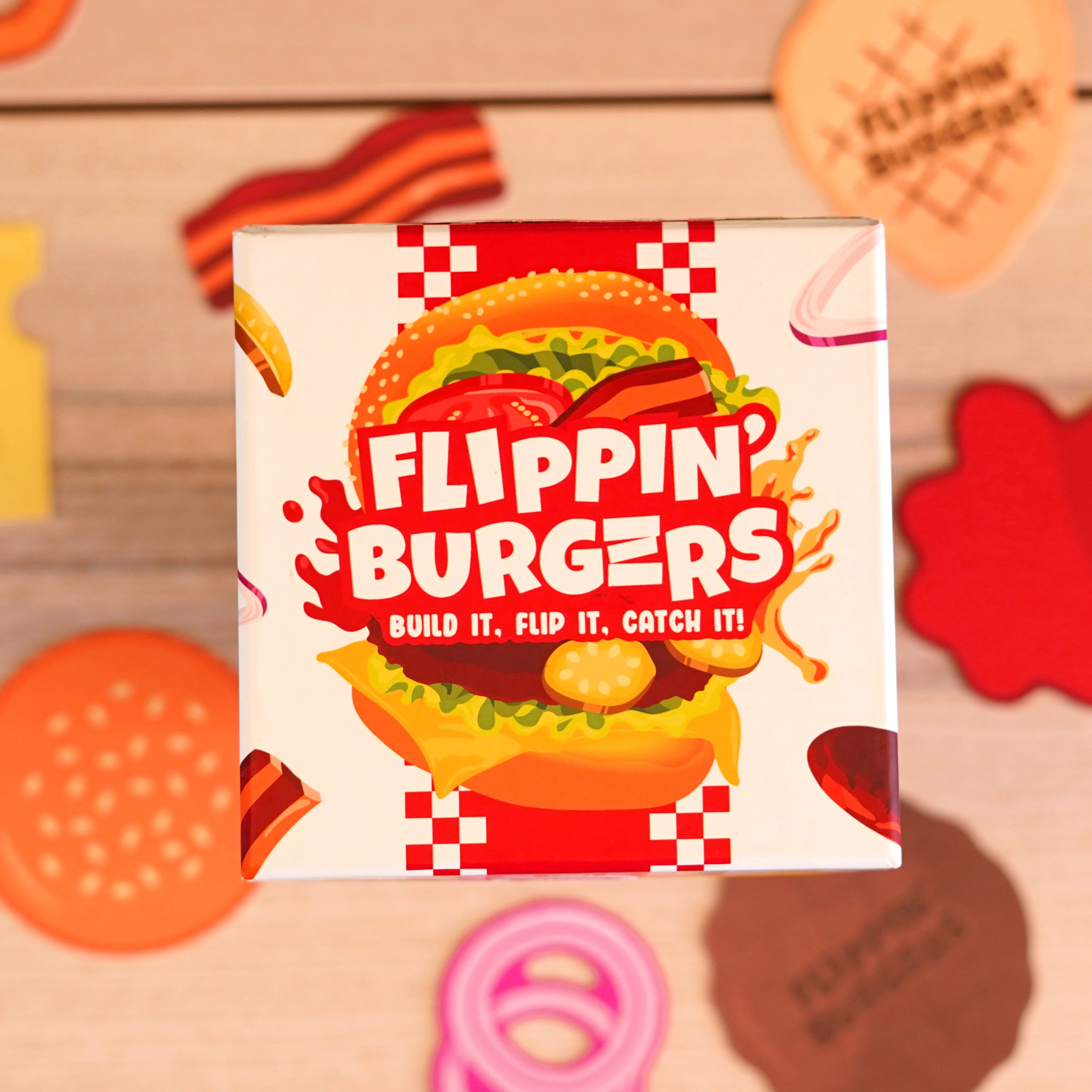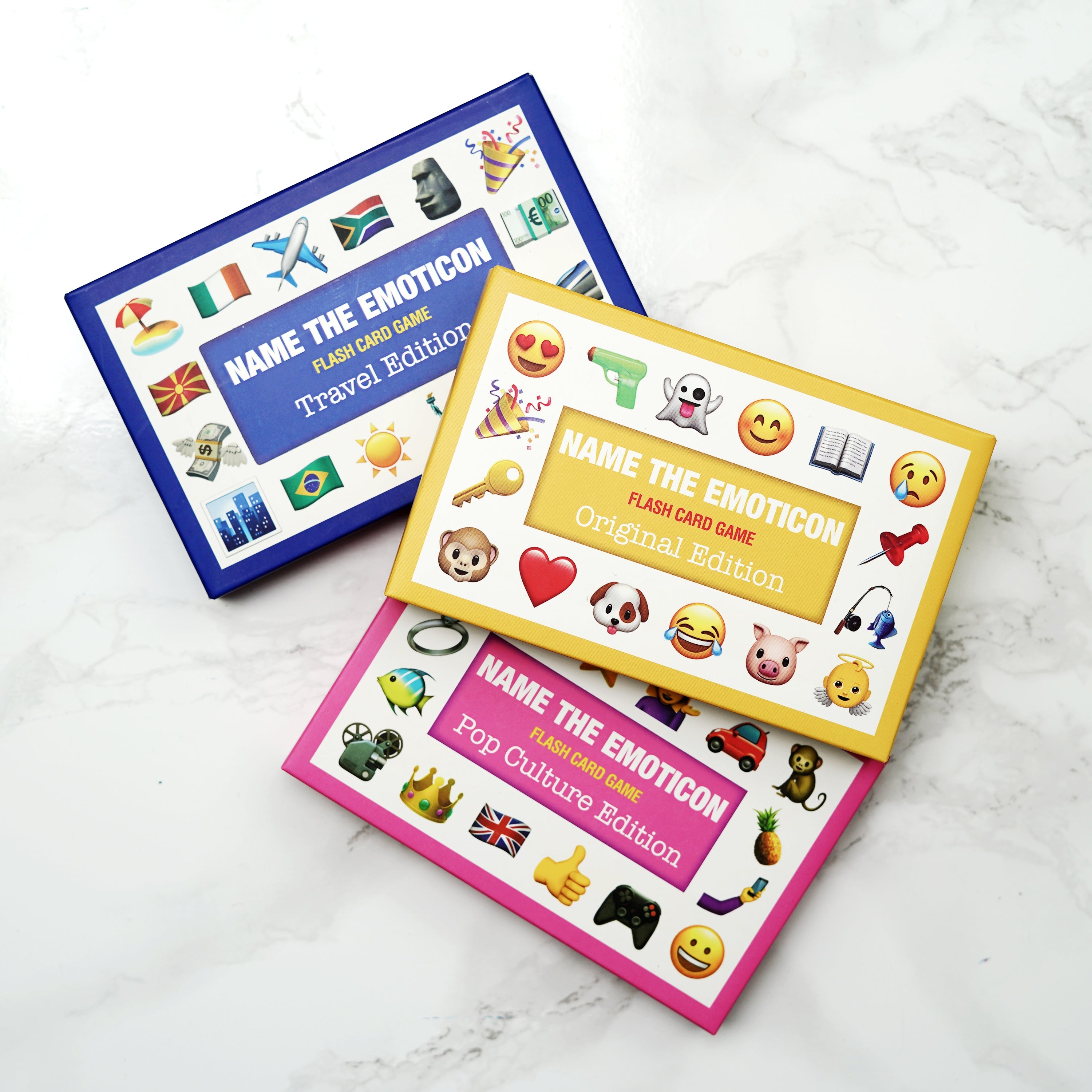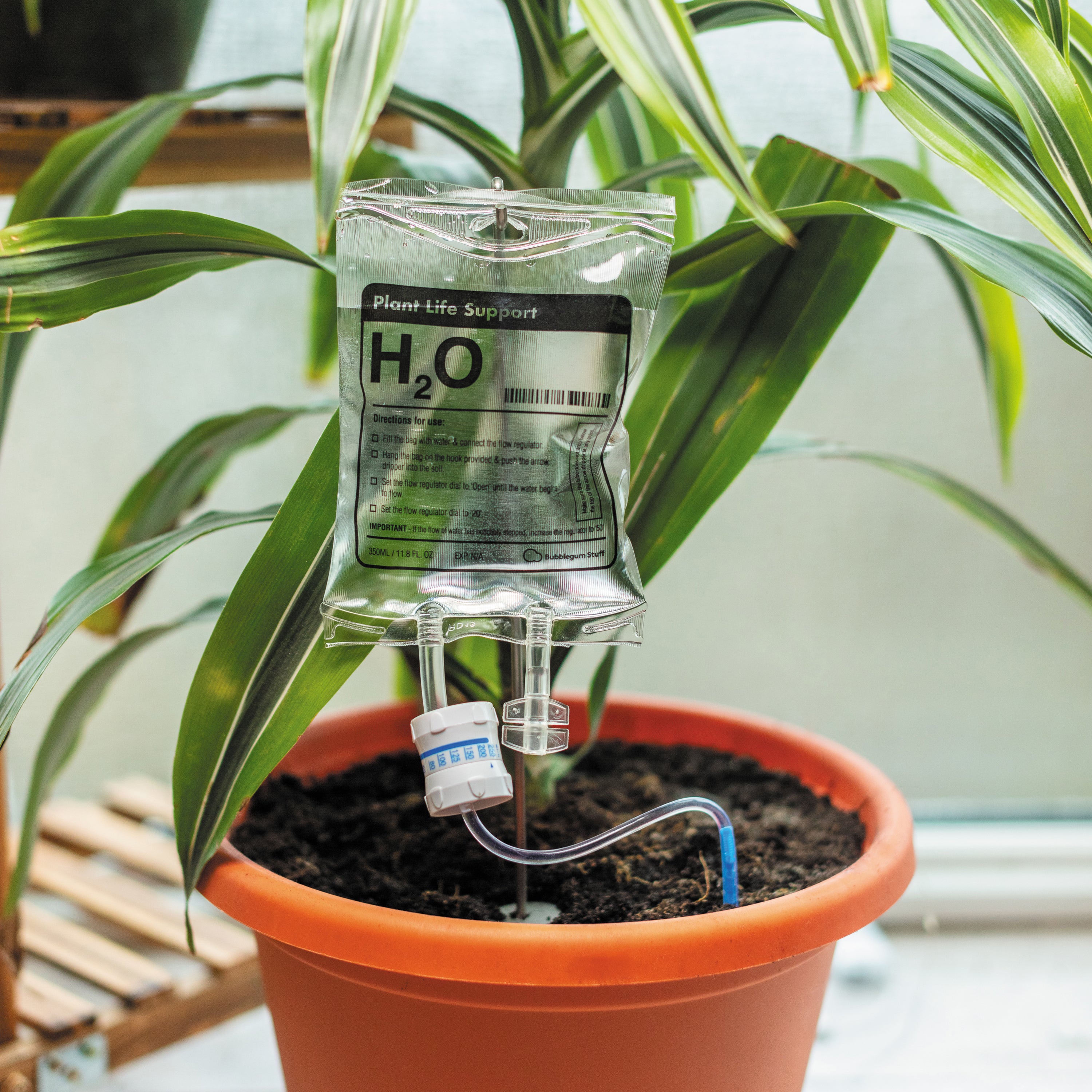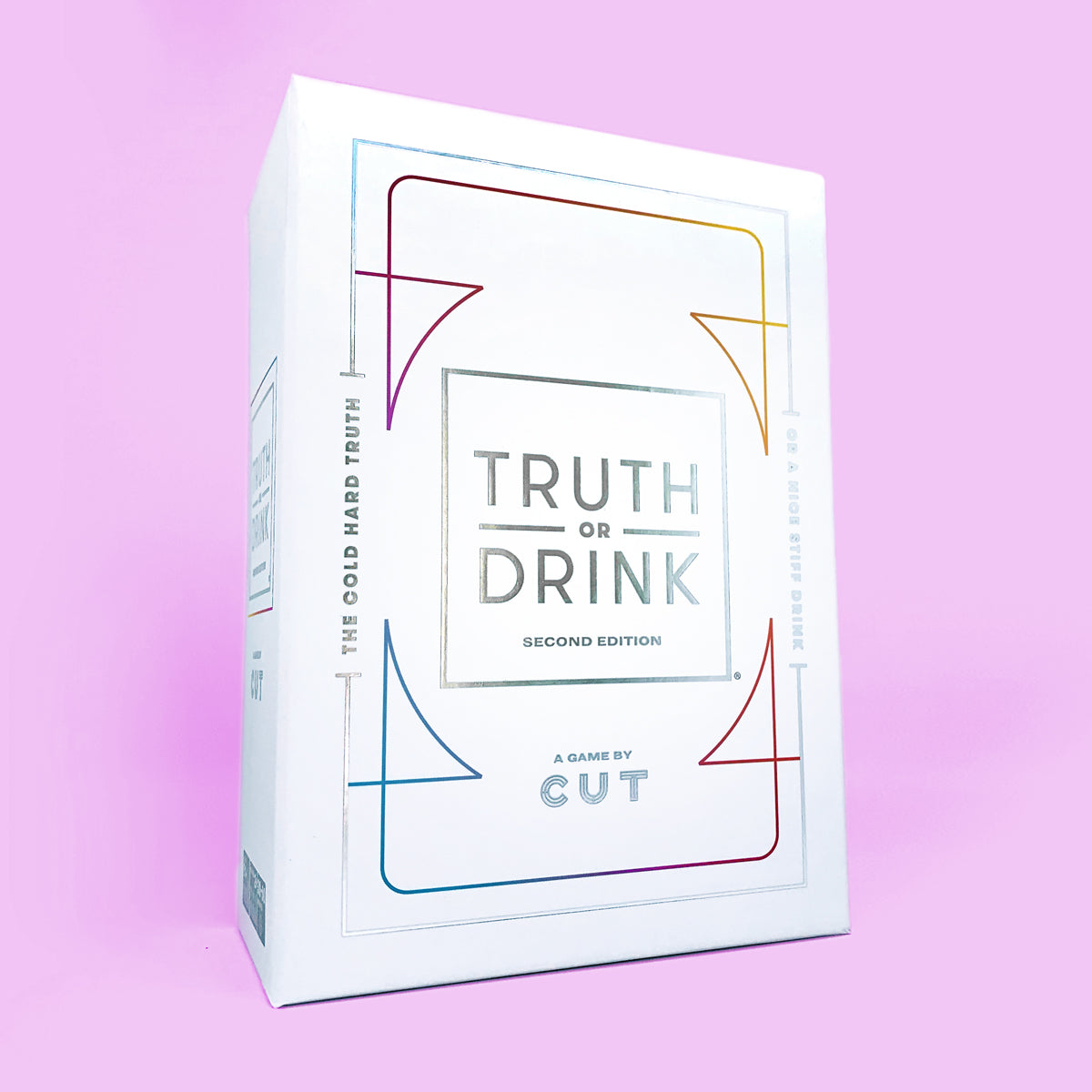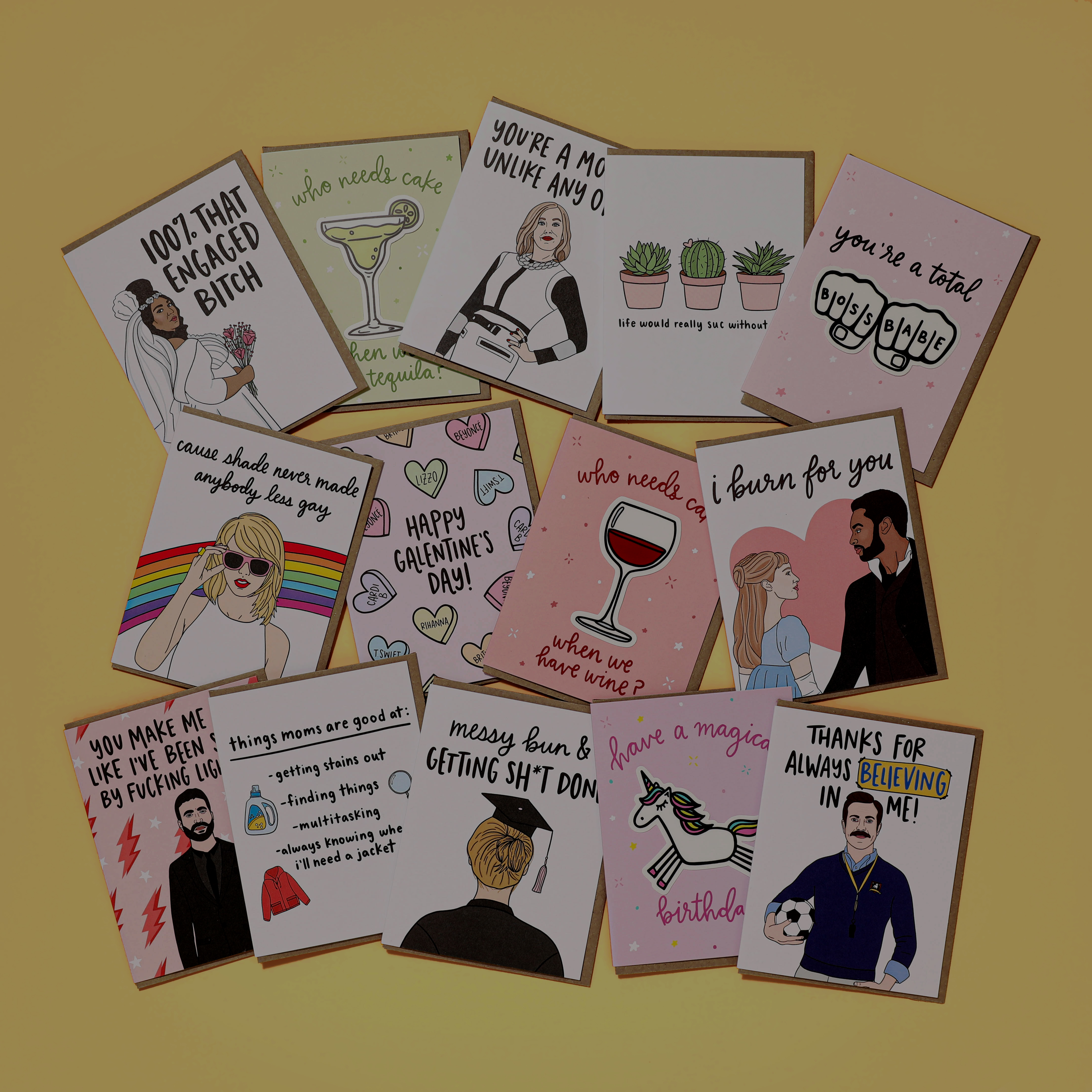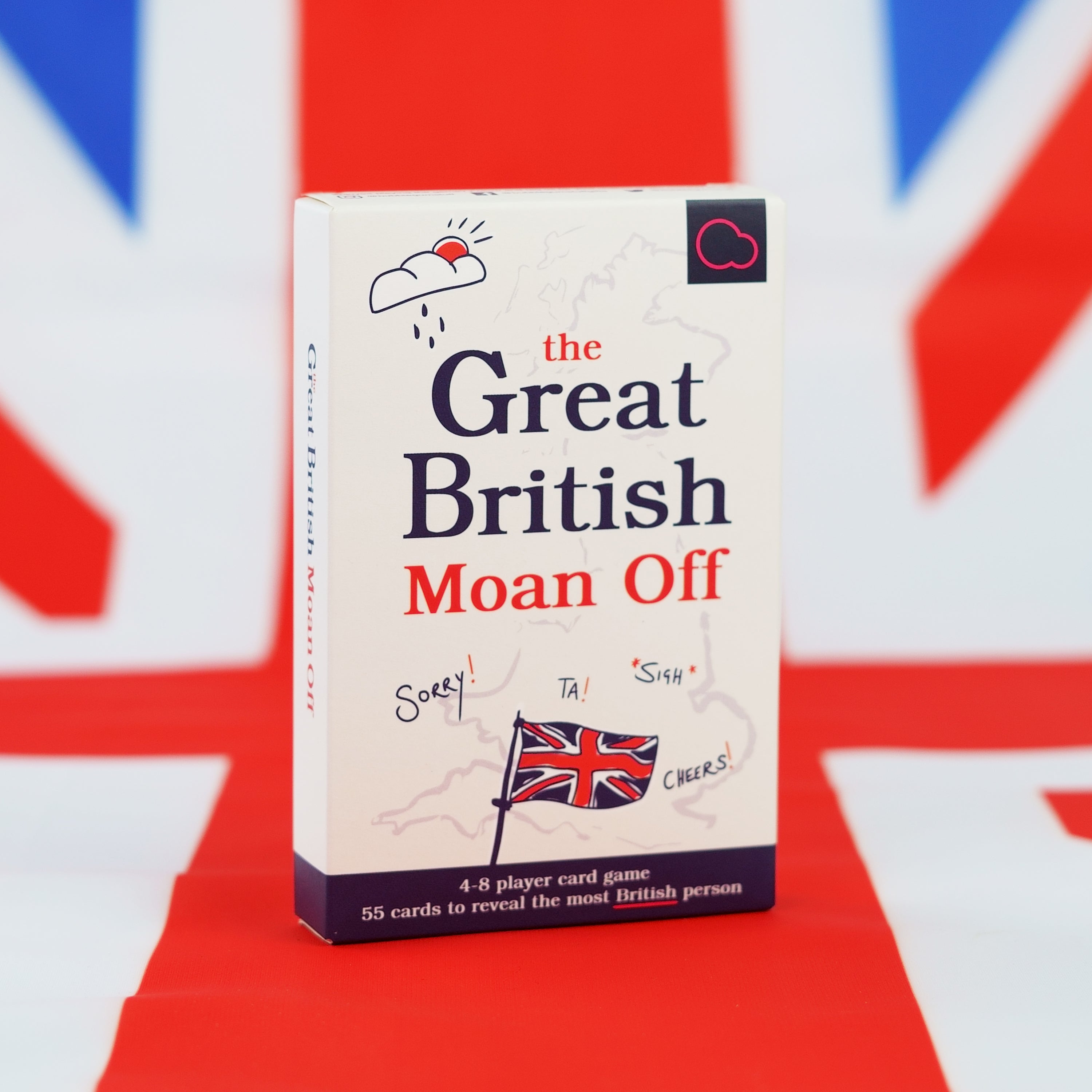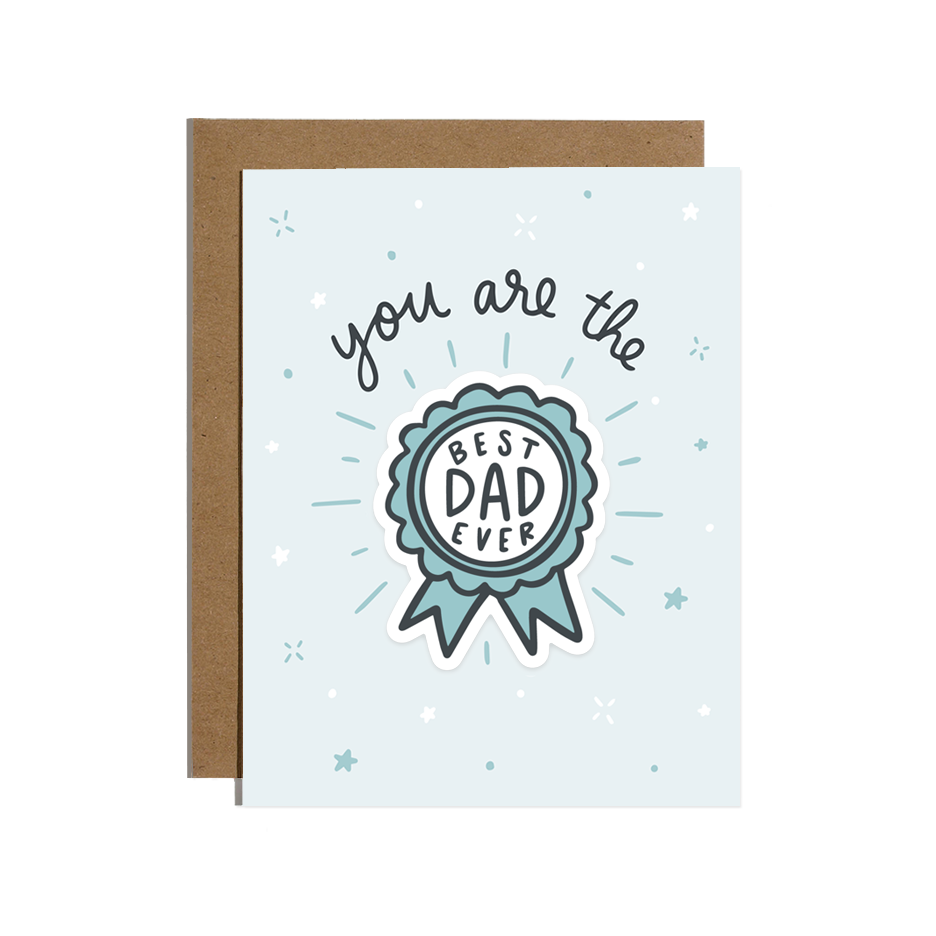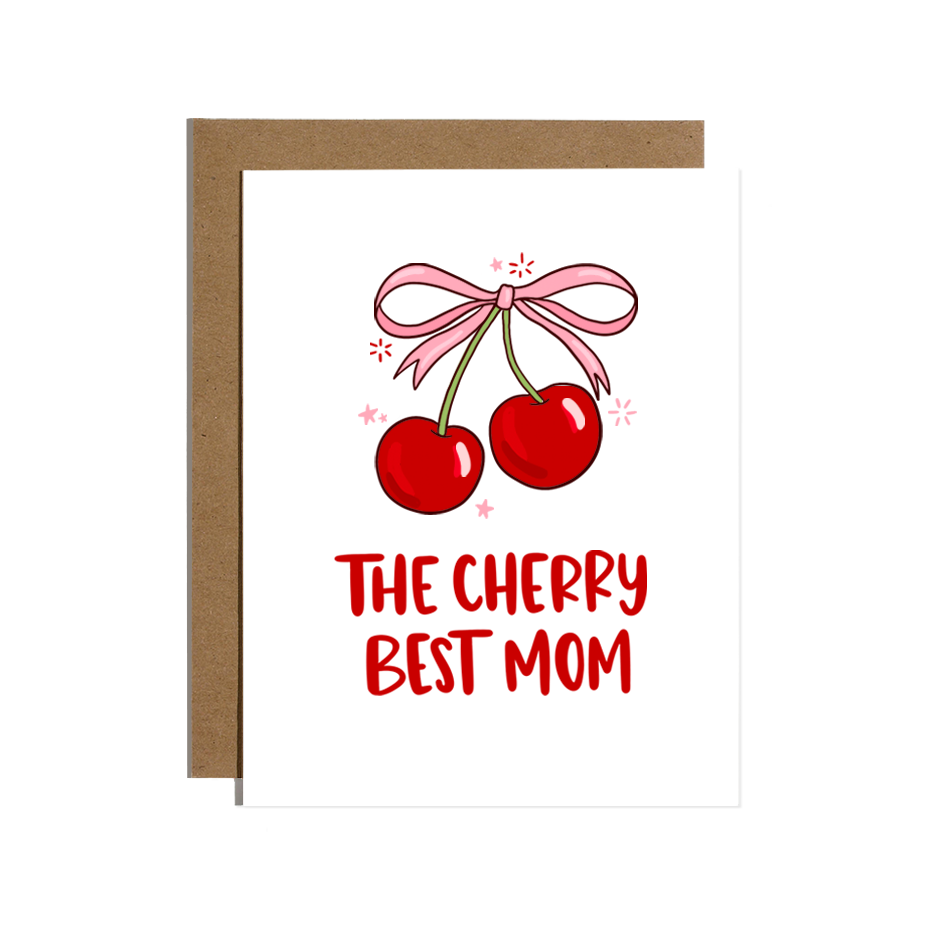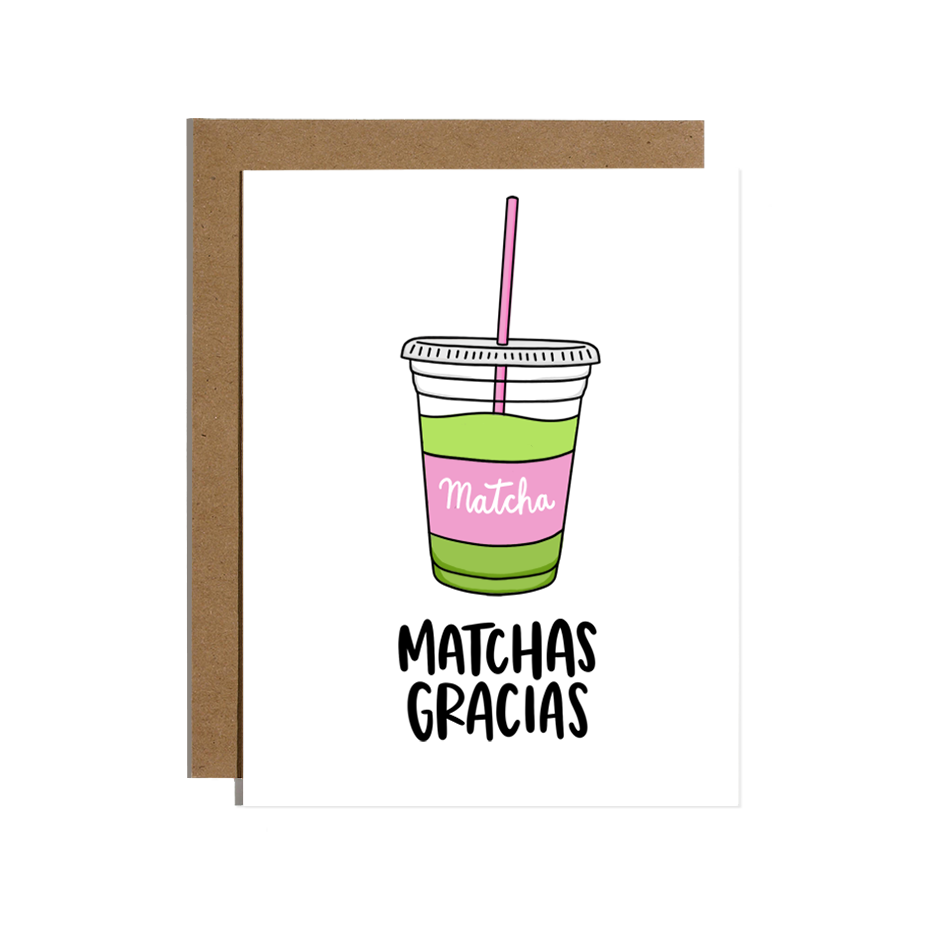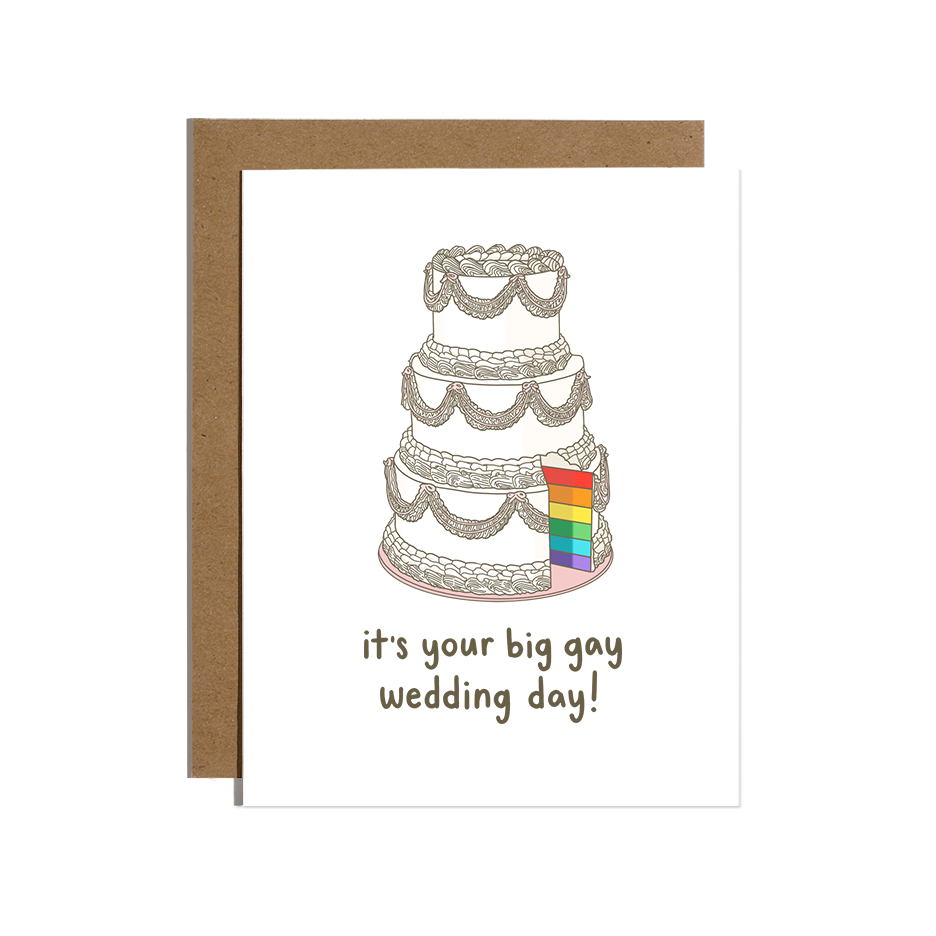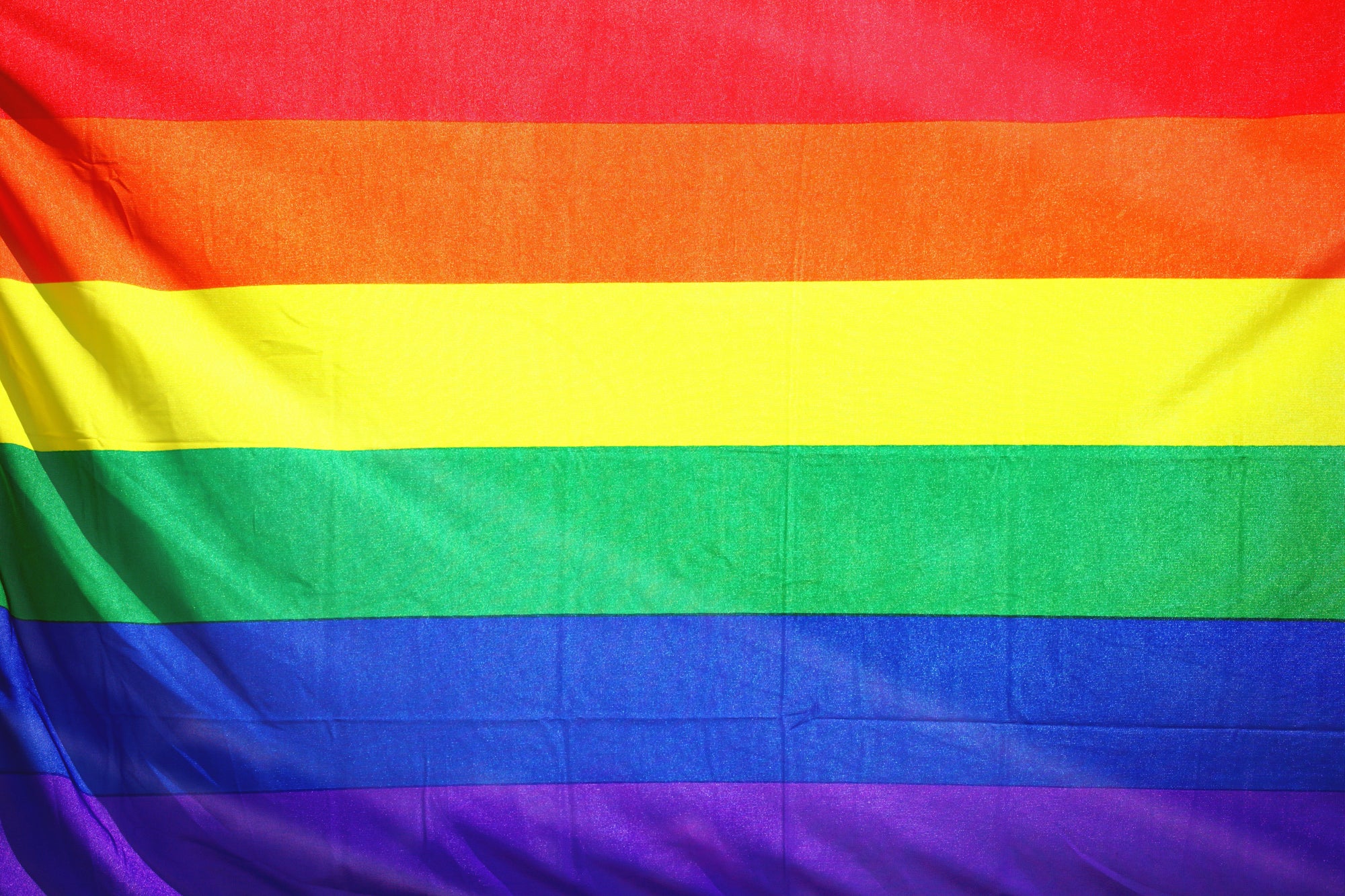

🏳️🌈 Pride Month 🏳️🌈
Things you should know about this month-long event
Pride is an event we’re all familiar with. But there’s so much more to this annual global celebration than the colourful parades and concerts it’s come to be known for.
Events also include workshops and exhibitions, which provide a platform for LGBTQ+ people and the wider community to discuss issues relating to sexuality, gender, the history of the movement, and to continue to advocate for change around equality.

When did Pride start?
Pride commemorates the Stonewall Riots of June 1969, which is widely considered to be the most important event leading to the gay liberation movement in the United States.
The riots were the result of a raid on the Stonewall Inn - a gay bar on Christopher Street in West Village, New York City - by the NYPD’s “Public Moral Squad”.
In the early hours of June 28th, the police raided the venue and began lining up patrons - most of whom were gay men - and checking their identification as well as the gender of those that were dressed in women’s clothing.
As shocking as this sounds, raids of this nature were frequent, and made up just a small portion of the constant harassment and mistreatment experienced by the LGBTQ+ community in New York at the time.

On this occasion, though, violence broke out. Police officers were escorting handcuffed people to their wagons when people started to resist. They’d had enough of being persecuted. The violence that broke out quickly escalated, with coins and bricks being used to force the police into a retreat - a riot had begun.
The Stonewall Riots continued until July 3rd, and by this time they’d attracted support from other communities across the city. By the first anniversary of the riots in 1970, the 28th June had come to be known as Christopher Street Liberation Day. It was celebrated with simultaneous Gay Pride marches in Chicago and Los Angeles.
And within two years of the riots, there were gay rights groups in every major city in the U.S., as well as in Canada, Australia and much of Western Europe.
A key aim for these groups was to encourage conversations about the perceptions of LGBTQ+ people, and to fight for radical change in the way that LGBTQ+ people were treated by society.
Where is the movement now? What has it achieved?
Pride celebrations have grown exponentially since those early marches and parades. WorldPride was established in 2000, which takes place in a different global city each year. In 2019’s WorldPride, back where it all started in NYC, over 4 million people attended!
Unfortunately, Pride celebrations have been disrupted this year due to Covid-19. Many events, such as London’s Pride parade will take place later in the year. However, there’s still plenty going on in June to ensure that it remains the month of Pride.

Check out Pride Events UK for what’s going on in your area.
The fact that Pride has become such an established global event is testament to the efforts of those that have helped to shape it over the years. This could only have been achieved through tireless campaigning for equal rights for the LGBTQ+ community.
Further to the legalisation of homosexuality, which happened in many countries following the first Pride, there has been huge advancements in the rights of the LGBTQ+ community across the globe. For example, LGBTQ+ people now have the right to equal partnership in many countries, including Ireland, Iceland, New Zealand, Costa Rica and Taiwan.
That being said, there’s still a long way to go, as there are still only 29 countries globally where this is legal. And that’s just one of the reasons why people within the movement continue to campaign for the global liberation of LGBTQ+ people.
But progress does continue to be made, with a year on year growth in the number of countries where Pride events take place - even places where it would’ve previously seemed impossible. These countries include Botswana, Tunisia, Indonesia, Israel, Belarus and Serbia.
And 2014 was a landmark year for transgender rights. As Denmark became the first European country to allow trans people to hold official documents, like passports, that reflect their gender identity.

Why is Pride important?
Pride celebrations are a key part of bringing about positive change for the LGBTQ+ community.
Pride shows that in the not too distant past, and even today, LGBTQ+ people are not able to express themselves safely. So it’s important inasmuch as it highlights that fact whilst giving power and strength to the movement through community. And that refers to LGBTQ+ people and the allies of the movement.
The events also help bring visibility to the community for those parts of society that don’t have exposure to LGBTQ+ people - in some countries, that’s a barrier that still exists.
But ultimately, Pride is important because it serves as a reminder of the power of standing together in defiance of those who seek to divide us. And that’s a hugely important message, and one that resonates with us all, whatever community we’re from.

From all of us at Bubblegum Stuff, we wish you a very happy Pride Month!
